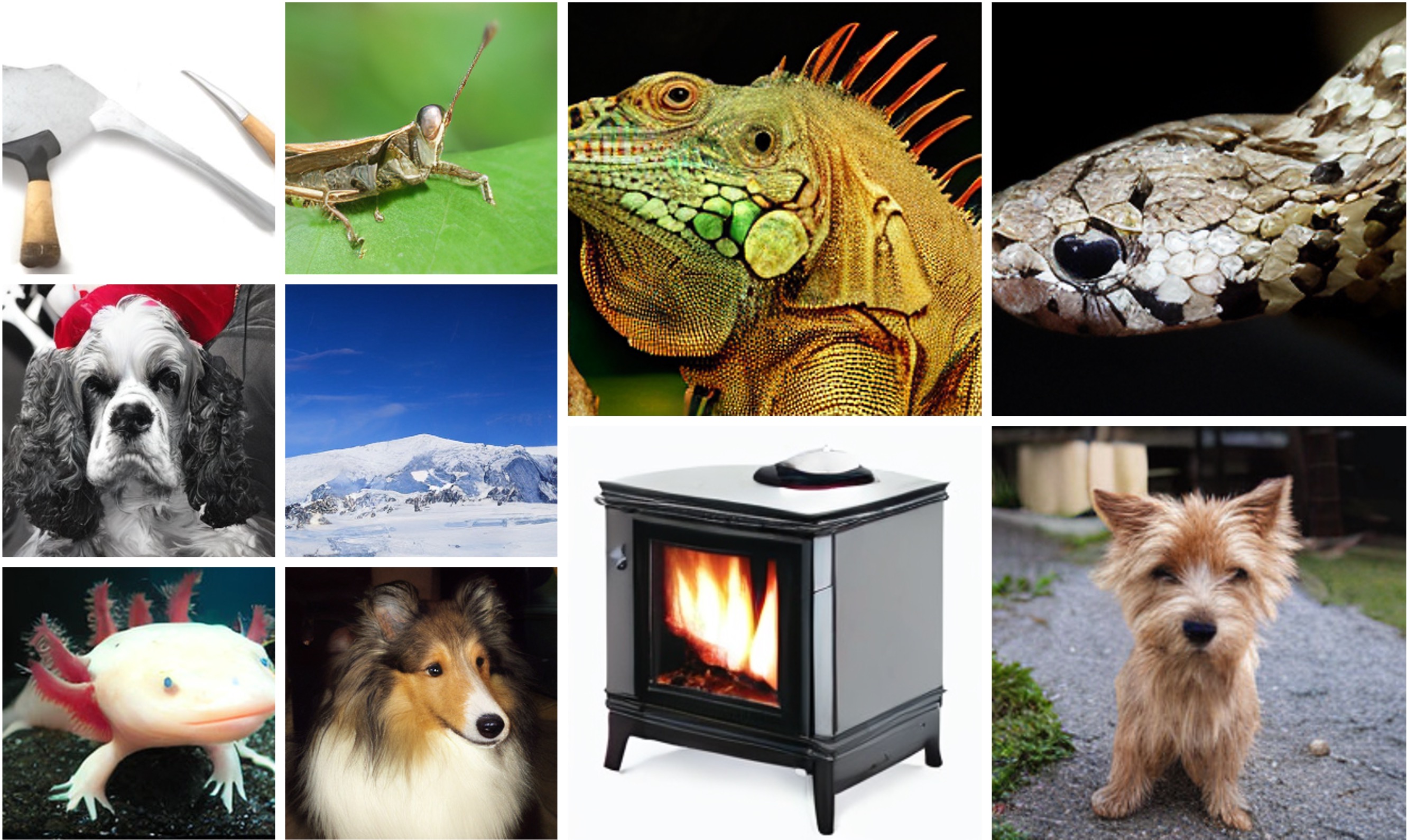Denoising Task Routing for Diffusion Models
Diffusion models generate highly realistic images by learning a multi-step denoising process, naturally embodying the principles of multi-task learning (MTL). Despite the inherent connection between diffusion models and MTL, there remains an unexplored area in designing neural architectures that explicitly incorporate MTL into the framework of diffusion models. In this paper, we present Denoising Task Routing (DTR), a simple add-on strategy for existing diffusion model architectures to establish distinct information pathways for individual tasks within a single architecture by selectively activating subsets of channels in the model. What makes DTR particularly compelling is its seamless integration of prior knowledge of denoising tasks into the framework: (1) Task Affinity: DTR activates similar channels for tasks at adjacent timesteps and shifts activated channels as sliding windows through timesteps, capitalizing on the inherent strong affinity between tasks at adjacent timesteps. (2) Task Weights: During the early stages (higher timesteps) of the denoising process, DTR assigns a greater number of task-specific channels, leveraging the insight that diffusion models prioritize reconstructing global structure and perceptually rich contents in earlier stages, and focus on simple noise removal in later stages. Our experiments reveal that DTR not only consistently boosts diffusion models' performance across different evaluation protocols without adding extra parameters but also accelerates training convergence. Finally, we show the complementarity between our architectural approach and existing MTL optimization techniques, providing a more complete view of MTL in the context of diffusion training. Significantly, by leveraging this complementarity, we attain matched performance of DiT-XL using the smaller DiT-L with a reduction in training iterations from 7M to 2M.
PDF Abstract



 ImageNet
ImageNet
 MS COCO
MS COCO
 FFHQ
FFHQ